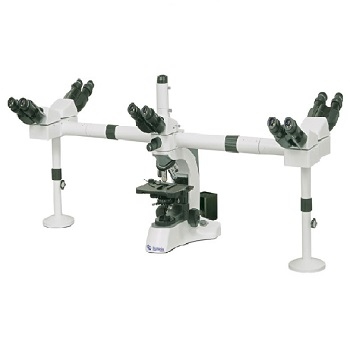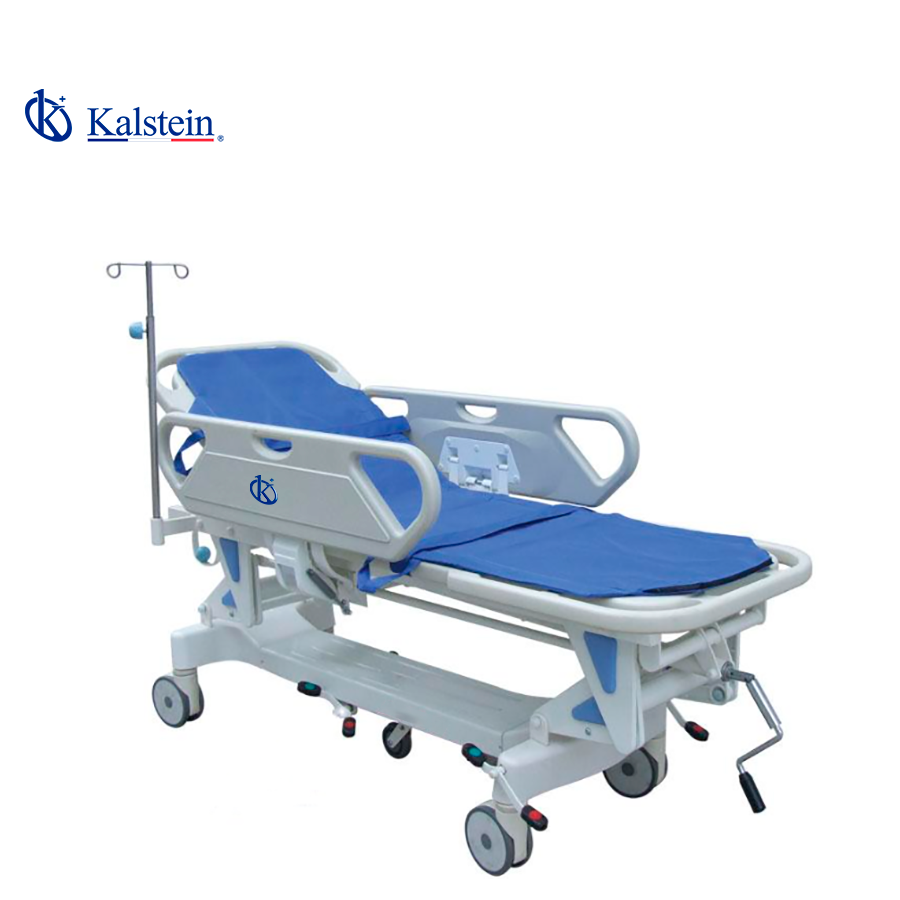These equipment are fundamental tools in the field of medicine, especially for laboratories, because by means of the transmitted light microscope, it provides lighting systems that pass to the sample from the bottom and reaches the target, to study it extensively through the eye. Also known as conventional light microscopy, it is ideal for examining thin sections of samples, which require amplification between 40 and 1500 times. Transmitted-light microscopes can be monocular, binocular, or trinocular
Similarly, the reflected light microscope consists of illuminating the dark material above the deck. Some of this light is expressed and destined to the target (the lens closest to the observed sample), so that the human eye absorbs the sample by an optical phenomenon similar to that experienced, measuring any other externally illuminated object, but at higher levels. Similarly, these equipment can be monocular, binocular or trinocular.
Development of Transmitted Light Microscope Functions
The transmitted light microscope works thanks to a luminosity method, by focusing, condenser and diaphragm. This light, which passes through the sample and travels to the lens, is transmitted to the lens, and allows the image to be better observed.
For the combination of luminary phases, this transits to different resolutions and in different fractions, this result is enlarged and it is possible to obtain the image of the sample, without using dyes, which makes it suitable for the study of living cells. Applications range from the various fields of science to education.
Applications of Using the Reflected Light Microscope
In a reflected light microscope, the amount of light may vary due to different factors, but in general, it depends on the following:
- The consistency, structure, tissue and color of the sample.
- The specific wavelength of light.
- Whether the light is polarized or not.
- The light index.
In this way, they are applied from various points of view, depending on the type of microscope, which use the principle of reflected light, such as the metallurgical microscope, the polarized (or petrographic) microscope, the stereomicroscope (or dissection microscope), etc.
The stereo microscope allows to observe the studied objects in three dimensions, thanks to its double optics, which allows it to recognize the opaque material from different planes, creating the effect of three dimensions. For polarized or metallurgical microscopes, the sample is displayed from a single two-dimensional flat image.
Principles of Light Microscopy
The attractiveness of light microscopy is due to the lenses, able to produce the difference or analogy of the light rays. The advances in microscopy contain the scheme of complex methodologies and the creation of options, to increase the contrast without affecting the resolution. This is achieved by supplying visual effects in the sample, which create changes in its luminous intensities.
The physical principles of light microscopy are refraction and reflection, which are accurate in the extension of images and by using the lens, you can choose options such as trinoculars or inverted for various biological or industrial studies. In this sense, the study of microscopy is extensive and fascinating, basically, it is about investigating each application and hypothesis available.
Kalstein brand microscope
At Kalstein, we are equipped with the most extensive technology in trained laboratory equipment, to meet all the demands of our customers. In this case, we offer you the Microscopes, belonging to the YR models, with very attractive general features, such as; Infinity Infinity Optical System, Infinity Binocular Display Head siedentopf; inclined to 45° interpupillary 47-78 mm. Inserted Abbe capacitor NA1.25 (including empty plate). 3 W S-LED (LCD screen amplification), sleep timer, brightness lock and indication, etc., Two wave range (B, G, U, V can be combined). Lens lighting fly-eye. application software. Tilt binocular display head. Fivefold backward (no coding). Scenario without frame 230 mm x 150 mm, range of motion 78 mm x 54 mm. HERE
We are manufacturers and we have the best advice, so that your purchase is the ideal and at excellent prices. For more information, visit our website HERE



